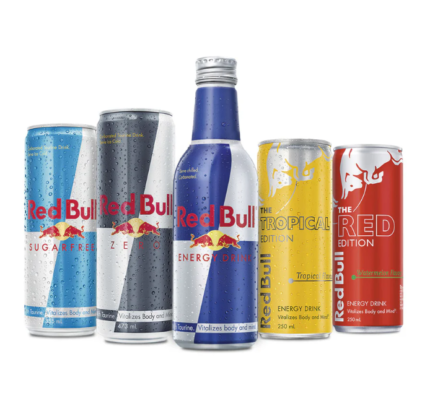Description
Copra, the dried flesh or meat of coconuts, serves as a vital raw material in the production of coconut oil and various coconut-based products. The process of making copra involves harvesting mature coconuts, removing their outer husk, and then drying the inner coconut meat either in the sun or through mechanical means. This method of preservation not only extends the shelf life of the coconut meat but also enhances its oil yield, making it a preferred choice for farmers in tropical regions where coconuts are abundantly cultivated.
The significance of copra extends beyond its utility in the culinary world; it plays a crucial role in the economies of many coconut-producing nations. Countries such as the Philippines, Indonesia, and India rely on copra as a key agricultural export, generating income for millions of farmers and supporting local economies. The oil extracted from copra is not only used for cooking but is also a critical ingredient in the cosmetic and pharmaceutical industries, further amplifying its economic impact.
Additionally, the production of copra presents both challenges and opportunities. While the demand for coconut oil continues to grow globally, fluctuating market prices and climate change pose risks to copra cultivation. Farmers are often vulnerable to extreme weather events that can damage crops and disrupt supply chains. However, innovative agricultural practices and community-based initiatives aimed at sustainable farming can help mitigate these risks, ensuring that copra remains a resilient and economically viable crop for generations to come.
In summary, copra is more than just a dried product; it represents a significant agricultural commodity with far-reaching implications for livelihoods and economies in coconut-producing regions. Its multifaceted uses and the challenges associated with its production highlight the necessity for sustainable practices that can support both farmers and the environment.













